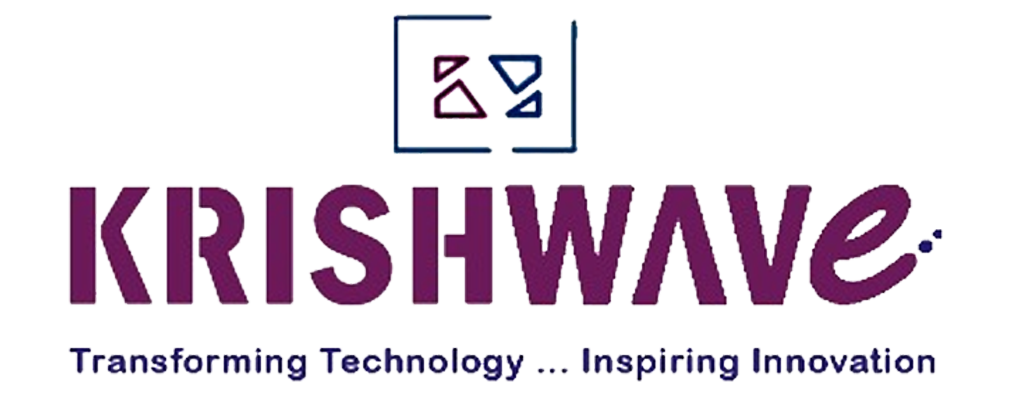DESIGNING FOR INJECTION MOLDING
Injection Molding Applications
Plastic injection molding is the preferred process for manufacturing plastic parts. Injection molding is used to create many things such as electronic housings, containers, bottle caps, automotive interiors, combs, and most other plastic products available today. It is ideal for producing high volumes of plastic parts due to the fact that several parts can be produced in each cycle by using multi-cavity injection molds. Some advantages of injection molding are high tolerance precision, repeatability, large material selection, low labor cost, minimal scrap losses, and little need to finish parts after molding. Some disadvantages of this process are an expensive upfront tooling investment and process limitations.

Mold Design and Tooling for Injection Molding
Injection molding is a high-precision manufacturing process that injects molten plastic into a carefully designed mold, where the plastic cools and hardens into the specified part or product. The piece is then ejected from the mold, either as the final product or as a near-final product that is sent on for secondary finishing.
In general, more complex injection-molded products require more complex molds. These often must deal with features such as undercuts or threads, which typically require more mold components. There are other components that can be added to a mold to form complex geometry; rotating devices (using mechanical racks and gears), rotational hydraulic motors, hydraulic cylinders, floating plates, and multi-form slides are just some examples.
Main Stages of Tooling
Stage 1: Manufacturability and Feasibility
In this initial stage, design engineers, tooling engineers, materials engineers, manufacturing engineers, quality engineers, and lab technicians work together to determine product specifications, mold component functionality, mold materials, operational constraints, and any needed product enhancements and improvements. The team especially looks for any potential problems in part geometry or tolerance that might result in poor steel conditions or require special tooling features such as lifters, slides, and threading/unthreading. The physical and chemical properties of the selected resin are also evaluated so that the proper mold steel can be selected and mold cooling be reviewed. Mold flow evaluation is also undertaken to determine the best type of gate and gate locations, in addition to determining proper vent locations.
Manufacturability review includes confirmation of standard plastic design practices and incorporation of tooling details to create the most robust design possible. Tooling specifications and tooling sources are finalized and purchased component sources qualified. A comprehensive process failure mode effects analysis (PFMEA) is also completed.
Stage 2: Design
Preliminary 2D and 3D design models are constructed to determine mold sides and steel sizes. Once these are reviewed and approved, the detailed design is finalized.
Stage 3: Final Design Specifications
The tool builder is given the tool design specifications for mold construction. Final adjustments and modifications are done in-house, with special attention given to manufacturability and critical dimensional requirements.
Stage 4: Construction of Primary and Secondary Tools
Detailed tool drawings are completed and construction standards are reviewed and verified. The tool builder’s progress is closely monitored and on-site meetings are held. The completed mold is inspected against a comprehensive checklist.
Stage 5: Bring the Tool In-House for the Initial Sample
A molding process is established that is acceptable to the manufacturing department. Processing parameters are recommended and established. Initial sampling using scientific molding practices is carried out; cavity pressure transducers in the mold accurately determine the filling profile over time. Sample parts are qualified.
Stage 6: Make Any Final Tool Corrections
Any needed process adjustments are made as required. Tool construction is verified and the process is detailed and documented so it can be used in the future with minimal setup time. Perfect parts are resampled and submitted to the customer. After final approval is obtained from the customer, the production process is launched.
